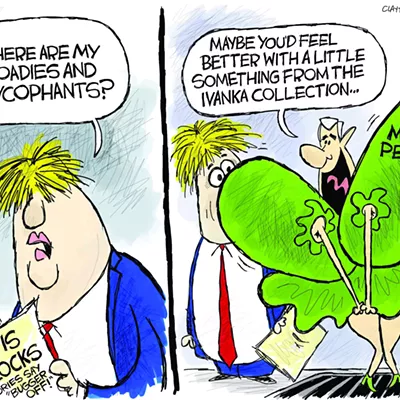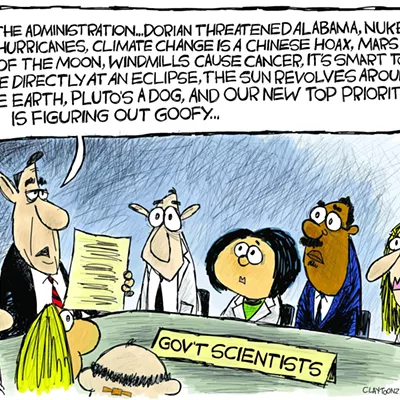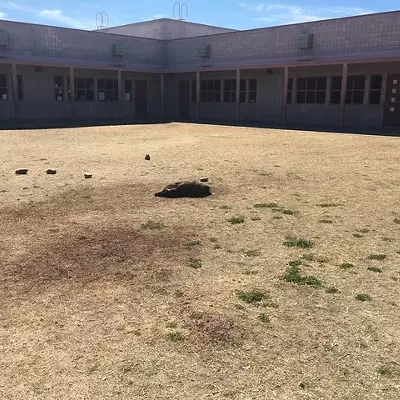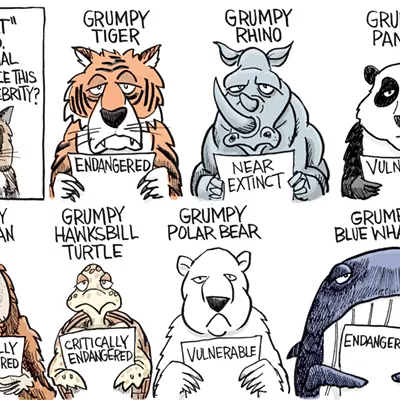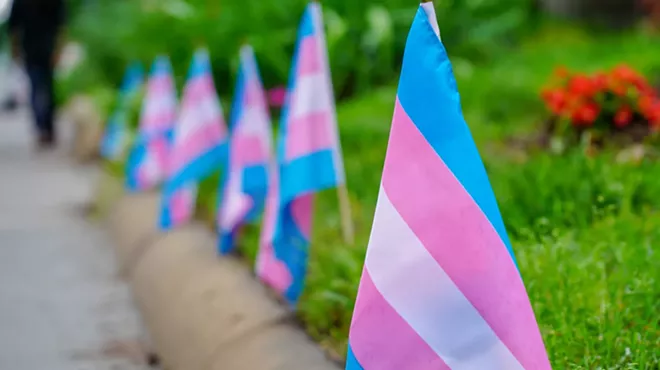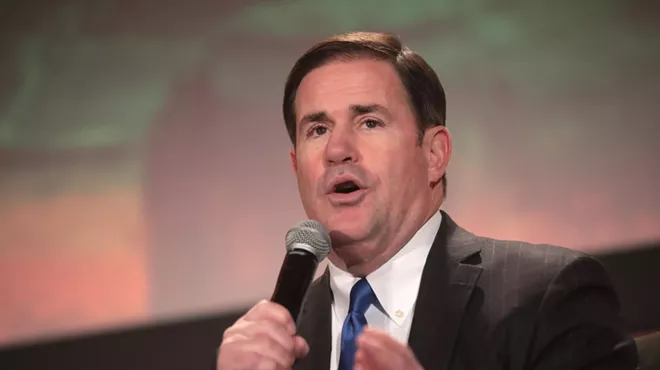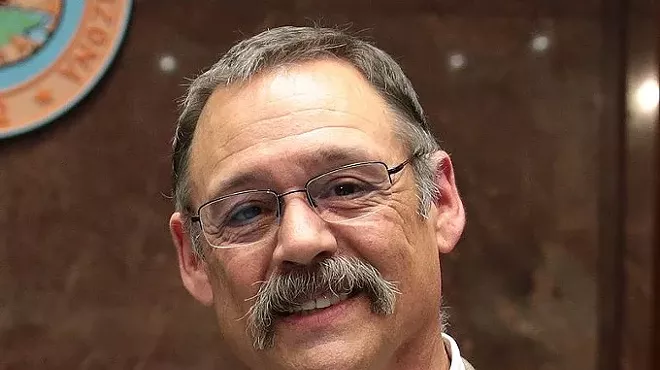Friday, September 6, 2019
New rules expand hunting on most national wildlife refuges in Arizona
Page 2 of 2
May, who hunts primarily in Buenos Aires and Cibola national wildlife refuges, said he has experienced “minor issues” with conflicting state and federal regulations and credited the new rules to a good working relationship between the two governments.The final rule specifies that Fish and Wildlife officials will work with the Arizona Game and Fish Department on opening more opportunities in the next three years, including the two refuges not included in this year’s changes.
Hartl questioned the need for further expansion, characterizing the fanfare in the Interior Department’s announcement as a move to appease President Donald Trump’s political base.
“It’s such a modest thing,” Hartl said. “There’s no pent-up demand. It’s not as if this has been a contentious issue.”
A May Fish and Wildlife Service report estimates that only about 3% of Kofa’s 95,404 visitors visited the refuge for hunting during the 2017 fiscal year.
But others see the rules as a sign the federal government is listening to the real owners of the land: the public.
Hunting groups such as Safari Club International contend that people should be able to utilize public space, regardless of its popularity. Benjamin Cassidy, director of government affairs, said giving hunters the opportunity to hunt in places like Kofa “should be commended.”
“I think it continues in the tradition of listening to the American people and seeing how we can improve the experience on public lands,” he said. “Americans own these public lands.”
National wildlife refuges in the Southwest U.S. saw over 7 million visitors in 2017, according to recent Fish and Wildlife Service reports.
Nick Wiley, chief conservation officer for Ducks Unlimited, called the changes a “fresh look” at access to public lands – Arizona included.
“There’s a strong hunting interest from the people in Arizona and the hunting community,” Wiley said.
Tags: hunting , parks , Safari Club , Game and Fish , wildlife , national wildlife refuges , Image


